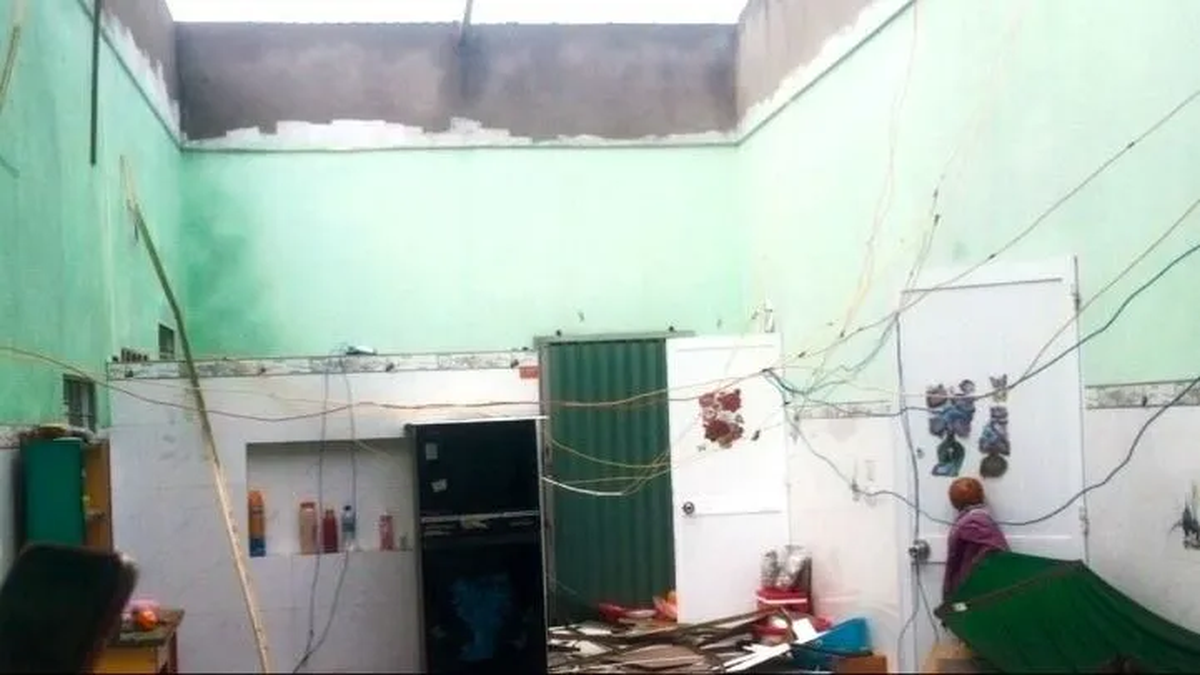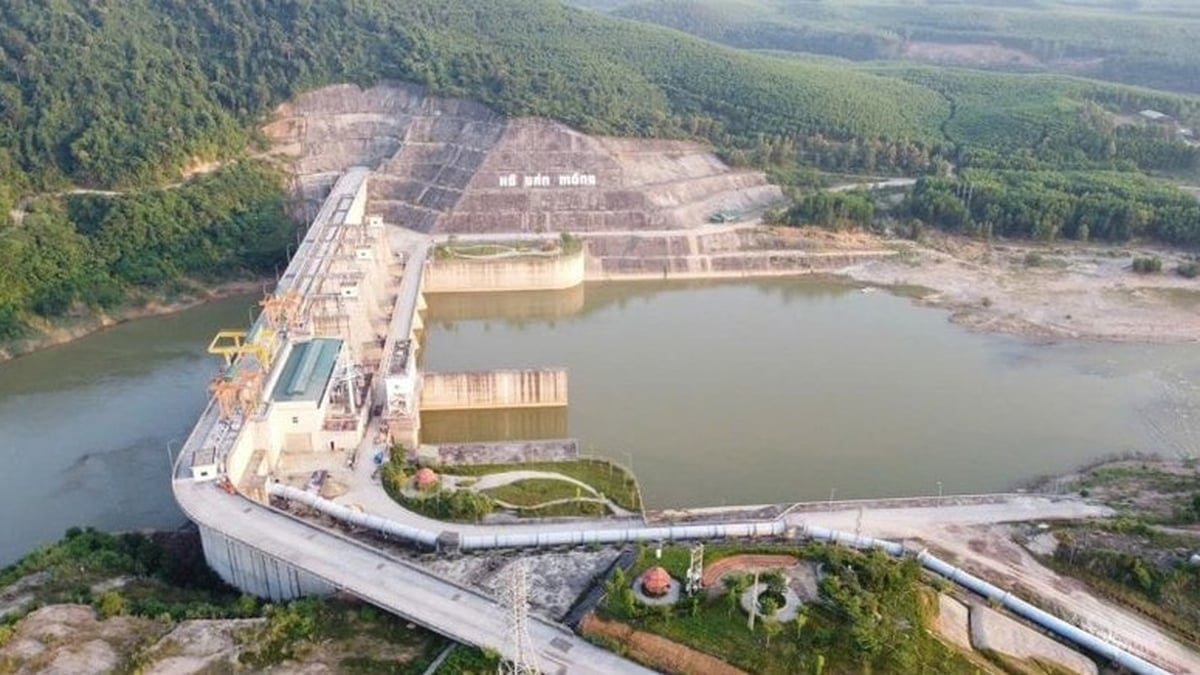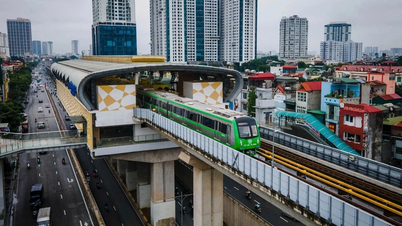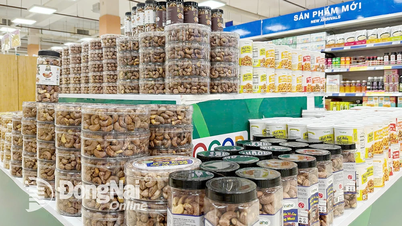
Many farmers still expect pepper prices to increase - Photo: N.TRI
According to information from many gardeners and traders, pepper prices traded on the afternoon of July 4 were commonly at 139,000 - 144,500 VND/kg depending on the location, down 2,000 - 6,500 VND/kg compared to the previous day.
Pepper prices in Dak Nong , Gia Lai, Lam Dong areas have recorded the deepest decrease, with current prices commonly hovering around 139,000 - 141,000 VND/kg.
In Dak Lak province, pepper prices decreased slightly, down 2,000 VND/kg, to 144,000 - 144,500 VND/kg. This is still the locality with the highest price on the market.
In the localities of Ba Ria - Vung Tau , Binh Phuoc and Dong Nai (old), pepper prices were recorded to decrease by 4,000 VND/kg, to 141,000 - 142,000 VND/kg.
Thus, after many days of continuous increase to the threshold of more than 150,000 VND/kg, domestic pepper prices suddenly turned to decrease. However, the current price is still much higher than in previous months, when pepper prices sometimes dropped to only 120,000 VND/kg.
Meanwhile, at the end of the recent trading session, the International Pepper Association (IPC) adjusted the listed price of Indonesian black pepper to 7,539 USD/ton, a slight increase of 0.17% (13 USD/ton) compared to the previous trading session. In addition, the price of Brazilian black pepper ASTA 570 also increased by 200 USD/ton, to 6,250 USD/ton.
The price of Malaysian ASTA black pepper remained stable at USD 9,000/ton. Meanwhile, in Vietnam, the export price of black pepper continued to fluctuate between USD 6,240 - 6,370/ton for 500g/l and 550g/l black pepper.
According to records, the price of Indonesian Muntok white pepper also increased by 0.17% (17 USD/ton), reaching 10,184 USD/ton. The price of Malaysian ASTA white pepper was at 11,750 USD/ton, the export price of Vietnamese white pepper reached 8,950 USD/ton.
Speaking to Tuoi Tre Online , a representative of the Vietnam Pepper and Spice Association said that after many consecutive price increases, domestic people and agents sold more, creating pressure on the market supply in the short term, causing pepper prices to turn around and decrease.
"Although the overall pepper supply is still lacking compared to demand, the current pepper price movement is still difficult to predict. The reason is that the output of each country in this year's crop is still unknown, not to mention speculative activities, financial investment, trading on the floor... are also greatly affected by the world's political situation," he commented.
Early next year, Vietnam will begin a new harvest with output forecast to increase slightly compared to the previous crop. However, the domestic pepper supply is currently considered to be no longer abundant, although the mentality of hoarding goods waiting for price increases still exists among some growers and dealers.
Source: https://tuoitre.vn/gia-ho-tieu-bat-ngo-quay-dau-giam-sau-nhieu-ngay-tang-lien-tiep-20250704180952236.htm


























![[Photo] Gia Lai provincial leaders offer flowers at Uncle Ho's Monument with the ethnic groups of the Central Highlands](https://vphoto.vietnam.vn/thumb/1200x675/vietnam/resource/IMAGE/2025/7/9/196438801da24b3cb6158d0501984818)








































































Comment (0)